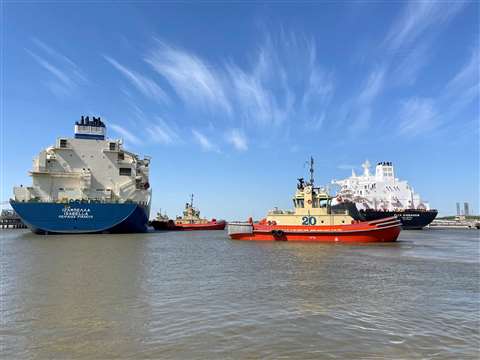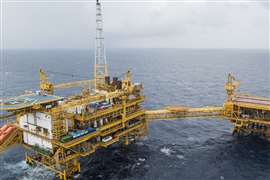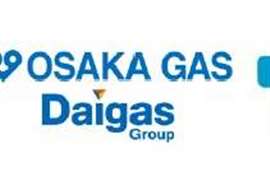LNG contracting grows abruptly in 2022, study shows
May 16, 2022
 An LNG tanker is guided by tug boats at the Cheniere Sabine Pass LNG export unit in Cameron Parish, Louisiana, USA (Photo: Reuters.)
An LNG tanker is guided by tug boats at the Cheniere Sabine Pass LNG export unit in Cameron Parish, Louisiana, USA (Photo: Reuters.)
Demand for long-term LNG contracts continues to gain momentum this year as large volumes have been signed and prices for oil-linked deals under negotiation are rising, according to a recently published LNG contract trends report by Wood Mackenzie.
Long-term contracting is off to a fast start this year with more than 10 million tonnes per annum (mmtpa) signed to end-market users. In 2021, the volume of long-term LNG contracts signed to end-user markets returned to its highest level in the last five years. This momentum continues into 2022.
“The Russian invasion of Ukraine has had a dramatic impact on long-term LNG contracts,” said Wood Mackenzie principal analyst Daniel Toleman. “Many traditional LNG buyers will neither procure spot gas or LNG nor renew or sign additional LNG contracts with Russian sellers. Spot prices have also been high and volatile, pushing many buyers towards long-term contracts.”
In addition, some buyers are returning to long-term contracts on behalf of governments to protect national energy security, he said.
The result is rising prices for long-term oil-linked contracts under negotiation. Between 2020 and early 2021, long-term oil-linked contract prices fell into the 10% range, levels not seen in the last 10 years. This was driven by Qatar opting for a market share strategy, other sellers having long uncontracted positions and Japanese legacy buyers being out of the market for long-term volumes.
“The Russian invasion of Ukraine has pushed prices higher.” Toleman said. “Middle East sellers are now asking for deals above 12%. These deals have limited flexibility, seasonality and are fixed to a market so the slope of a ‘normal’ contract is higher, between 12.5% and 14.0%.”
Wood Mackenzie said sellers can get 16% slopes for two- or three- year deals with volumes ending before the end of 2024. The range is slightly lower at 14-15% for four- or five-year deals with volumes that end in 2026.
“That said, prices vary greatly based on the terms, tenure and start date of new deals. The market remains bifurcated with contracts starting before or after 2026, attracting premiums or discounts to this range, respectively, ” he said.
Chinese buyers continue to dominate the market signing more than 8 mmpta of new LNG sale and purchase agreements this year. Most new contracts are from US supply as operators move projects forward. All these contracts are linked to North American prices.
Chinese buyers have also continued their strategy of procuring low-priced LNG. In 2020 and early 2021, they targeted oil-linked Qatar volumes. Since mid 2021, Chinese buyers have targeted Henry Hub deals with liquefaction tariffs below US$2 per million British thermal unit (mmbtu).
The only non-Chinese deal with an end-user was an important one. It was the first Europe LNG deal since the start of Russia’s invasion of Ukraine. Engie signed up to 1.75 mmtpa for 15 years from NextDecade’s Rio Grande project, a development that will use carbon capture and storage to reduce its emission intensity.
“Recent brownfield Henry Hub-linked deals are rumoured to have liquefaction tolling fees below US$2/mmbtu,” Toleman said. “This follows deals signed last year in a similar range. We expect higher capacity fees for Henry Hub-linked deals under negotiation.”
This is reflective of two trends. First, more advanced projects capable of delivering LNG in the 2025/26 timeframe will attract premiums. Second, rising raw material, labour and EPC costs are all driving up the cost of delivering projects on the US Gulf Coast, in turn resulting in higher capacity fees, he said.
MAGAZINE
NEWSLETTER

CONNECT WITH THE TEAM








